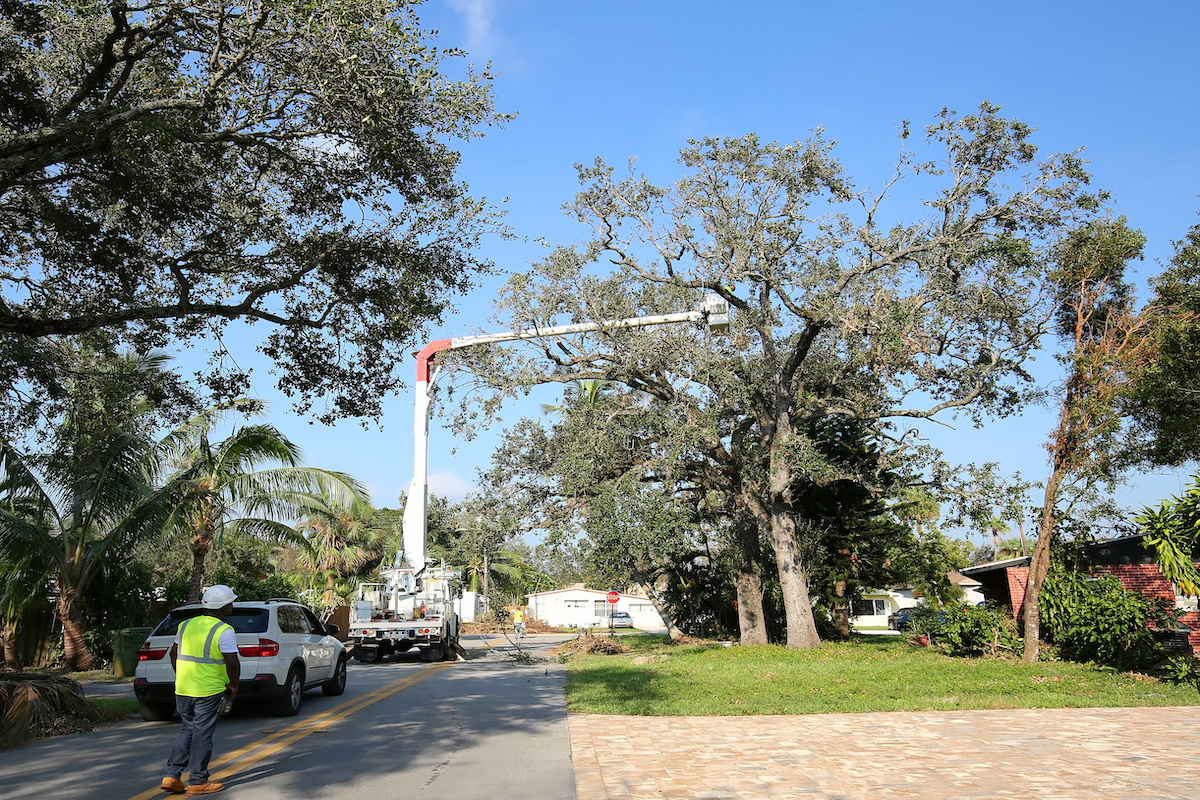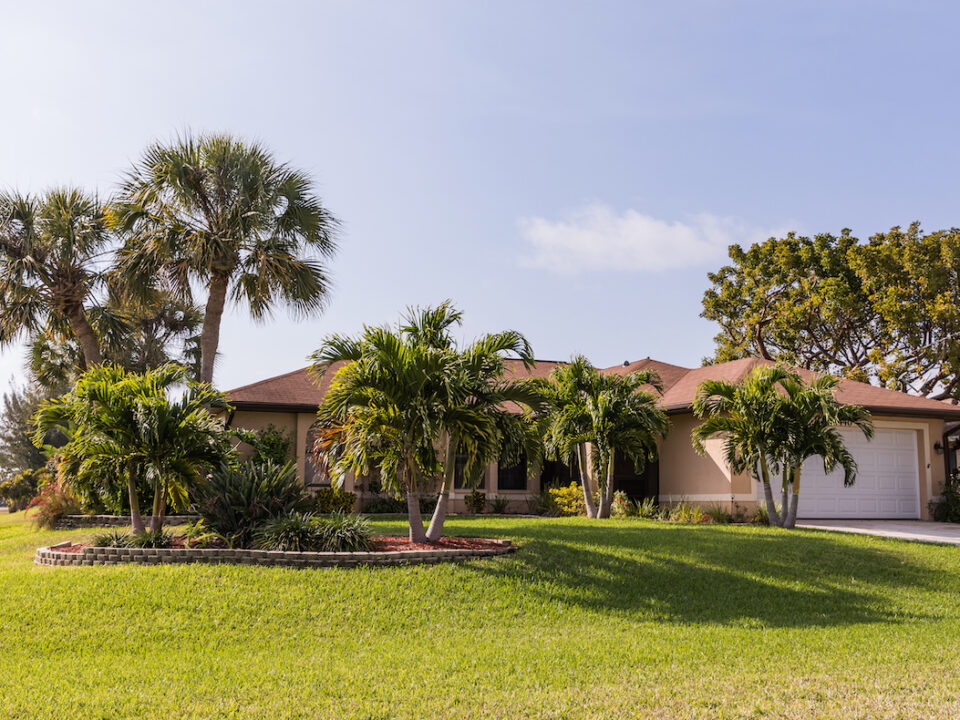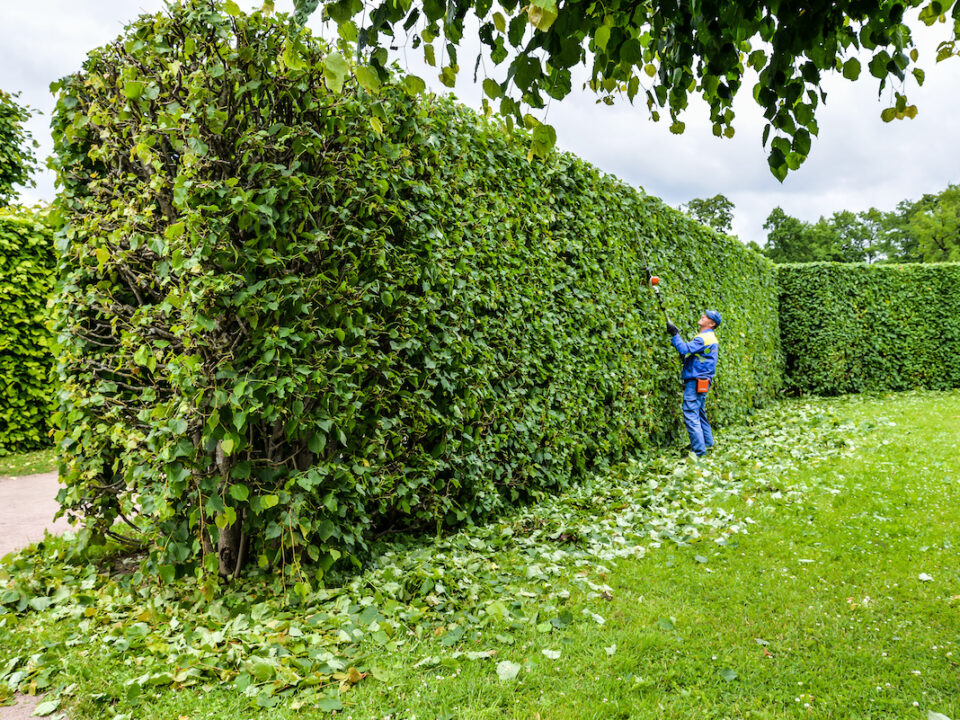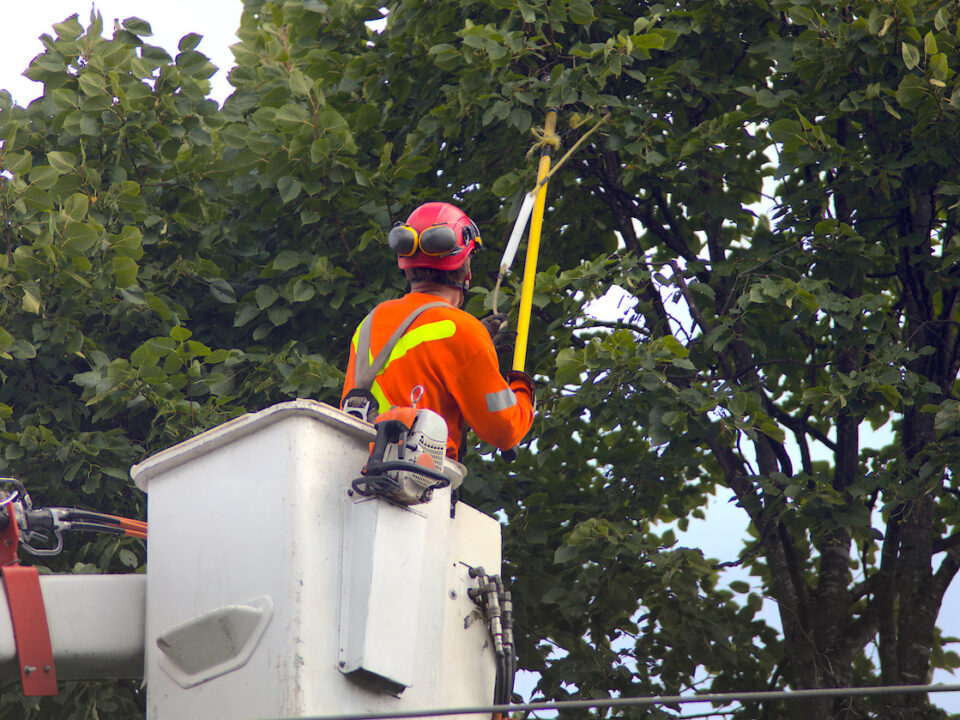Spring is here and this is the best time of year to give the trees on your property a little TLC. Caring for your trees is vital for their health, allowing them to flourish and even bear fruit. It’s also an important way to prevent future damage to your home and property. No matter what type of tree you have here in Florida, we’re showing you some spring care and tree trimming tips that will let them thrive all year long.
Trimming Back Tree Branches
Trimming back old branches is one of the easiest ways to keep your trees looking fresh, but you don’t want to grab a hand saw and just start hacking away. A careful, methodological approach will leave your trees looking shapely and healthy.
First, gather the tools you’ll need for trimming back tree branches, such as:
- A long-handled, box-style pruning saw
- Pruning shears
- A pruning saw for cutting a branch flush to the trunk
- Hand pruners for smaller branches
- A pole pruner to access limbs overhead
- A lopper to remove large branches
- A ladder
- A safety harness and rope
- Clippers
- Thick, durable gloves
The tools you need will vary depending on the type of tree you’re trimming. For instance, you will need pruning shears to trim back and shape new growth, as well as long-handled loppers and a pole pruner for bigger branches.
Please do not proceed with tree trimming if you don’t have proper safety procedures in place. If you don’t feel capable of trimming your trees safely, call Warner Tree Service and let us take care of it for you.

Crash Course: How to Trim Trees in the Spring
Now that you have the necessary tools on hand, what is the best and safest way to trim trees?
Before you begin trimming, you will want to look at the tree and decide which branches should be cut and which should be left alone. You may want to take a picture of the tree before you begin for reference. This will help you more easily identify the parts of the tree you want to cut.
Go slow and be strategic about what branches need cut back. You do not want to end up ruining the entire tree because you made a mistake and trimmed the wrong part. Trim a little bit at a time, stepping back to examine your work periodically.
Tree Trimming: Is Spring the Best Time to Trim Trees?
The best time to trim trees is in the spring when the sap is running. The protective bark of the tree is thinner making them easier to trim during this time of the year. Trimming trees during the winter or fall should be avoided, but if you must, use a tree trimmer that keeps the bar of the cutting tool lower to avoid damaging the buds.
What if your tree was damaged by spring storms? These branches should be removed. If the branch is fairly small, you can simply trim it off, but if the branch is still attached to the tree, be sure to use the tree lopper.
Looking for Signs of Infestations
Even a beautifully trimmed tree is vulnerable to insects. An infested tree can become a sick tree quite quickly.
It’s important to pay attention to the signs of infestation and take action right away. Be on the lookout for:
- Boreholes on the bark of a tree where insects have chewed through
- Powdery white or sawdust-like substances on the ground or in holes
- Damaged, dying, or infested branches
- Chewed or distorted foliage
- Adult insects, larvae, or egg sacs in or around the tree
What should you do if you have an infestation in your tree? The best option is to contact a certified arborist who will inspect your tree and determine if it is possible to save it. If the tree is not able to be saved, it should be removed quickly to prevent further damage to surrounding structures and vegetation.
Look for Signs of Sick Trees
Insects can cause plenty of problems, but your tree may become sick for other reasons as well. Some trees, such as the weeping willow, are more prone to becoming sick than others so it always helps to know the species of tree you are dealing with.
Watch for the following changes that could indicate your tree is ill:
- Growth: If your tree has a sudden change in growth, such as producing a lot of leaves, then suddenly producing very few, it could be a sign of a problem.
- Bark: If a portion of the tree’s bark begins to peel or becomes cracked or discolored, it could indicate illness.
- Leaf Color: If leaves on your tree begin to turn yellow or brown, this could be a sign of a nutrient deficiency, which is common in drought conditions.
- Stems and Branches: Look for any branches that are shorter than others and have a droopy appearance. They could be dying because they are being choked by another part of the tree. Also watch for signs of discoloration, fungus, decay, or rotted wood.
What to do if Your Tree is Sick
What happens if you have a sick or diseased tree on your property? Most tree illnesses are treatable if they are caught early.
It is helpful to know your tree species so that you can understand the tree’s unique features and be better prepared to select a treatment plan if you believe one is needed. There are many traditional remedies you can try on your own, but feel free to consult a certified arborist if you have any questions.
Pruning Trees to Bear Fruit
If you are looking to harvest a crop from your fruit tree, pruning this spring season can help make that happen. Pruning helps to improve the appearance and health of your tree while also encouraging new growth that will yield a crop. For example, pruning lower branches allows the tree to use more of its energy to develop a fruit crop.
Keep in mind that all tree species have different requirements and needs for pruning. If you aren’t sure how and when to prune your fruit trees, please contact Warner Tree Services for help.
When to Consider Removing Trees
When evaluating trees this spring season, there may be times that you need to remove a tree entirely. This is often not an easy decision to make, as trees bring a lot of benefit to your property. However, they can also cause a lot of expensive problems as well. So, when do you know that it’s necessary to remove a tree this spring season?
If the Tree is Dead
This one should be pretty self-explanatory. If you notice that your tree does not have leaves growing on it, the trunk is hollow or the tree is suddenly leaning severely, there is a good chance the tree has died. Dead trees are at risk of falling so remove them quickly to prevent damage to your home.
When it’s Damaging Your Home
The most obvious reason to remove a tree is when it’s damaging your home. If a tree is growing into power lines or the roots are starting to grow into your basement or under the foundation of your home, it may be time for removal. In general, trees should be at least 20 feet away from your home or other structures to give them plenty of room to grow and thrive safely.
The Tree Was Damaged by a Severe Storm
Another reason you might want to remove a tree is if it was damaged by storms. Spring storms can damage a tree beyond repair, posing a risk to your family, home, and property. Some trees are also a lightning risk, especially if they are too close to your home.
The Tree Is a Nuisance
A tree doesn’t need to be damaged to be removed. Some types of trees shed excessive leaves, sap, seeds, or needles onto your property, creating more work for you. Other times a tree might block sunlight or your view. If a tree is in your way, remove it and free up space for something more useful.
Get Tree Trimming Help from Warner Tree Service
Do you need help with tree trimming, tree illness, or tree removal this season? Warner Tree Service is here to help. We specialize in tree trimming and pruning for all species. Contact us today to get started!




